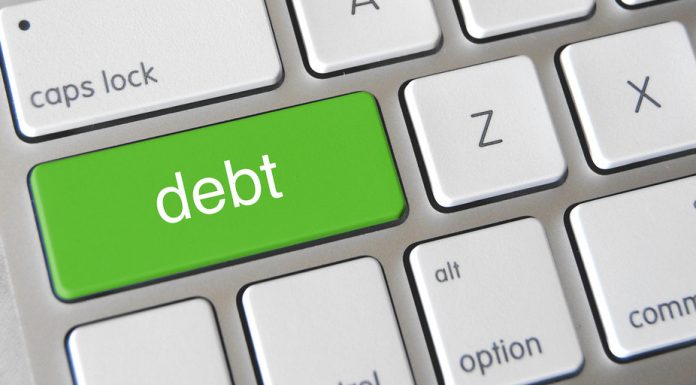(The Center Square) Federal debt will nearly double the nation’s Gross Domestic Product by 2052 if it continues on its current trajectory, the U.S. Congressional Budget Office says in its economic and debt forecast released Wednesday.
U.S federal debt surpassed $30 trillion in February, and the most recent GDP data showed a decline of 1.6% in the first quarter of 2022. GDP second quarter data released Thursday also confirmed negative growth, revealing that the country is, indeed, in a recession.
Overall, the ratio of debt to GDP is expected to get much worse over the next three decades given current spending levels and the cost of holding high levels of debt because of interest rates.
“In CBO’s projections, debt as a percentage of GDP begins to rise in 2024, surpasses its historical high in 2031 (when it reaches 107 percent), and continues to climb thereafter, rising to 185 percent of GDP in 2052,” CBO said.
Deficits, though they have been reduced since the major COVID-era spending, would also increase. That means the debt grows faster the more time goes on.
“Nevertheless, in CBO’s projections, federal deficits over the 2022–2052 period average 7.3 percent of GDP (more than double the average over the past half-century) and generally grow each year, reaching 11.1 percent of GDP in 2052,” CBO said.
CBO said by the end of this year, the federal debt held by the public “is projected to equal 98 percent of GDP.” CBO warned that such high debt would cause further economic harm.
“Debt that is high and rising as a percentage of GDP could slow economic growth, push up interest payments to foreign holders of U.S. debt, heighten the risk of a fiscal crisis, elevate the likelihood of less abrupt adverse effects, make the U.S. fiscal position more vulnerable to an increase in interest rates, and cause lawmakers to feel more constrained in their policy choices,” CBO said.
Experts raised the alarm about the figures.
“Inflation is surging, interest rates are rising, and debt is growing unsustainably,” said Maya MacGuineas, president of the Committee for a Responsible Federal Budget. “It is well past time for policymakers to work together to get our fiscal house in order.
“Today’s outlook is all the more reason we need a deficit-reducing reconciliation package focused on generating budgetary savings and controlling inflation,” she added. “We need to take action today, before debt and interest costs spiral out of control.”
MacGuineas added that CBO’s projections assume a certain interest rate, but if that rate went up, the situation would be more dire.
“If interest rates follow CBO’s higher interest rate path, debt would reach 235 percent of GDP. And if policy followed CBO’s costly alternative scenario, debt would increase to 262 percent of GDP by 2052,” she said. “All this is a reminder to those who argued we should amp up our borrowing in years past because rates would always remain low that this was a dangerous bet with real consequences.”

